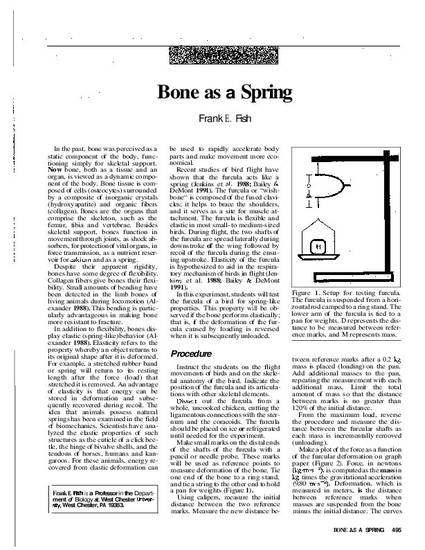
A variety of mammalian lineages have secondarily invaded the water. To locomote and thermoregulate in the aqueous medium, mammals developed a range of morphological, physiological, and behavioral adaptations. A distinct difference in the suite of adaptations, which affects energetics, is apparent between semiaquatic and fully aquatic mammals. Semiaquatic mammals swim by paddling, which is inefficient compared to the use of oscillating hydrofoils of aquatic mammals. Semiaquatic mammals swim at the water surface and experience a greater resistive force augmented by wave drag than submerged aquatic mammals. A dense, nonwettable fur insulates semiaquatic mammals, whereas aquatic mammals use a layer of blubber. The fur, while providing insulation and positive buoyancy, incurs a high energy demand for maintenance and limits diving depth. Blubber contours the body to reduce drag, is an energy reserve, and suffers no loss in buoyancy with depth. Despite the high energetic costs of a semiaquatic existence, these animals represent modern analogs of evolutionary intermediates between ancestral terrestrial mammals and their fully aquatic descendants. It is these intermediate animals that indicate which potential selection factors and mechanical constraints may have directed the evolution of more derived aquatic forms.
Available at: http://works.bepress.com/frank_fish/2/
